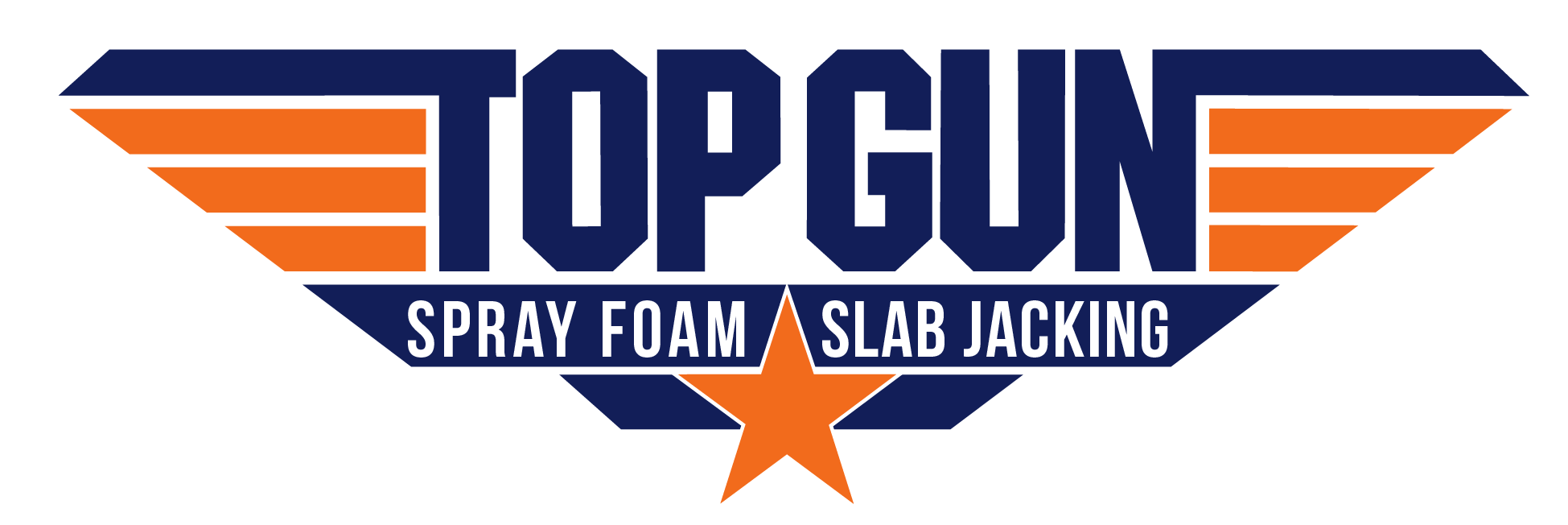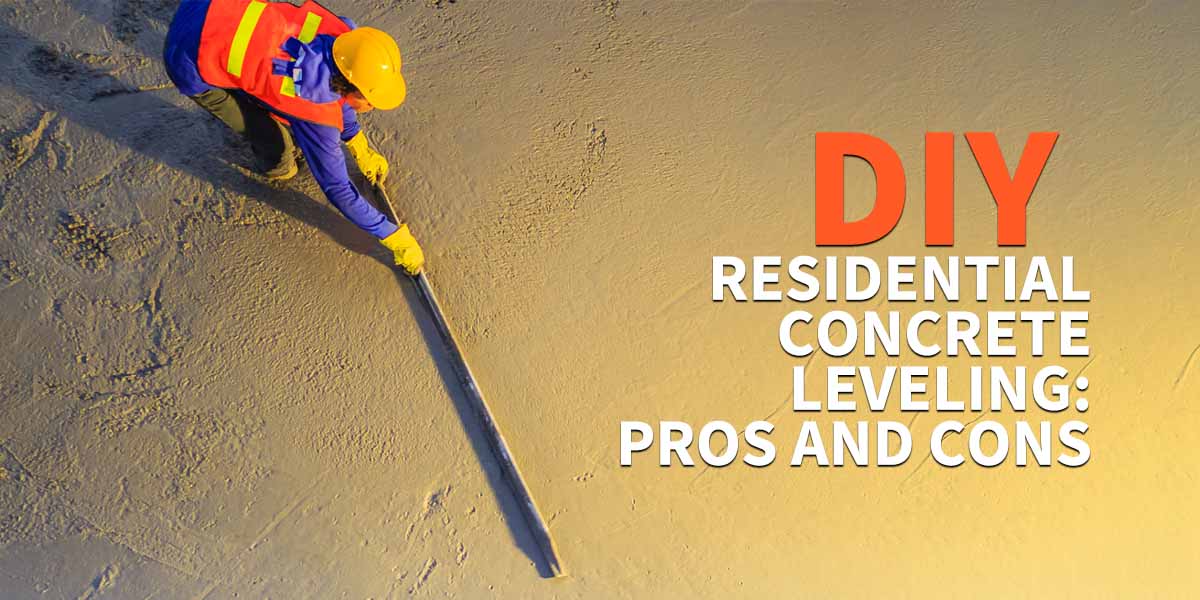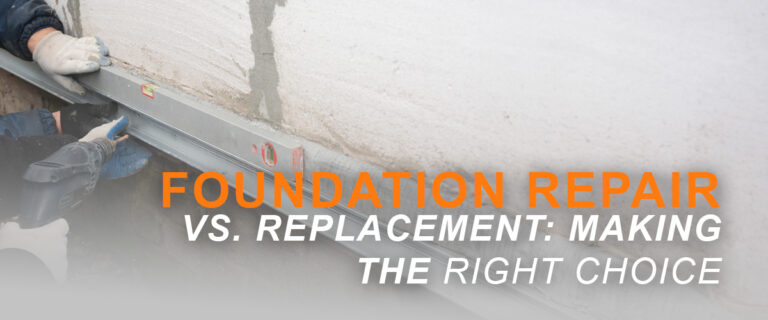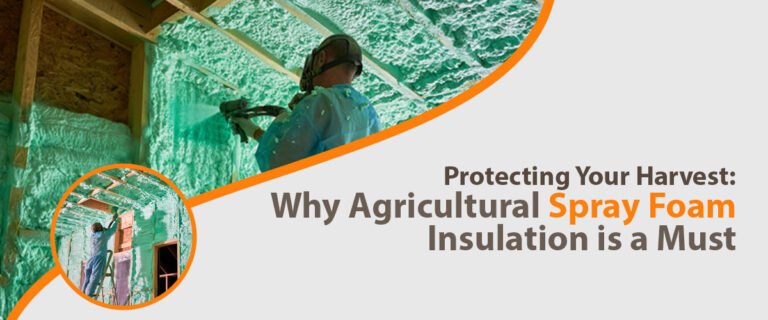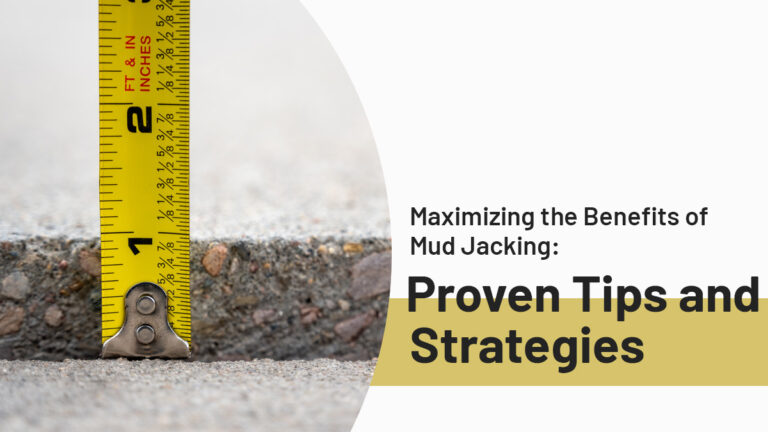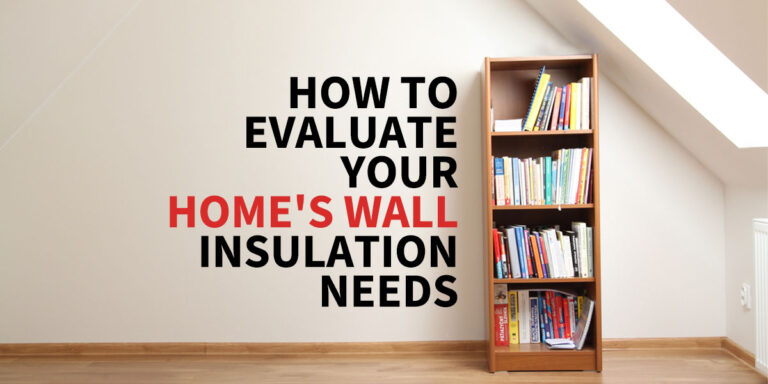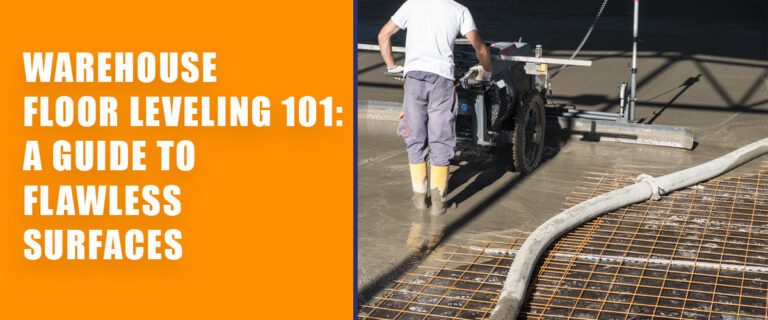DIY Residential Concrete Leveling: Pros and Cons
Residential concrete leveling is restoring a flat, level surface to concrete slabs that have become uneven due to settling, erosion, or other factors. It is essential for maintaining a home’s structural integrity and ensuring its occupants’ safety. We both know that DIY leveling can be attractive for homeowners looking to save money and complete the project independently. This article will cover the pros and cons of DIY residential concrete leveling, the tools, and supplies required, the stages to take, advice for success, typical mistakes to avoid, and when to engage a professional.
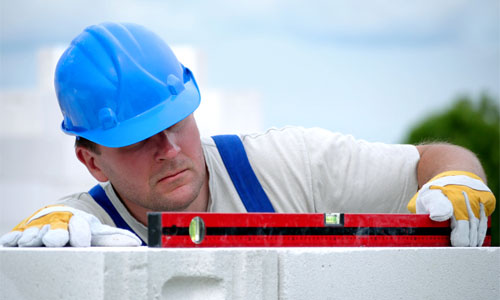
Tools and Materials Needed for DIY Residential Concrete Leveling
These tools and materials below are necessary for a successful DIY residential concrete leveling project. The leveling compound, concrete mix, and patching compound work together to create a smooth and level surface. Personal protective equipment ensures safety while working with concrete. Tools such as a drill, mixing paddle, measuring tape, spirit level, shovel, and broom help mix and apply the compounds. Using the right tools and materials can make a DIY concrete leveling project more straightforward and effective.
- Self-leveling concrete mixture (leveling compound)
- Premixed concrete patching compound
- Bag of concrete mix
- Personal protective equipment (rubber gloves, safety glasses, dust masks, knee pads)
- Drill
- Mixing paddle
- Measuring tape
- Spirit level
- Shovel
- Broom
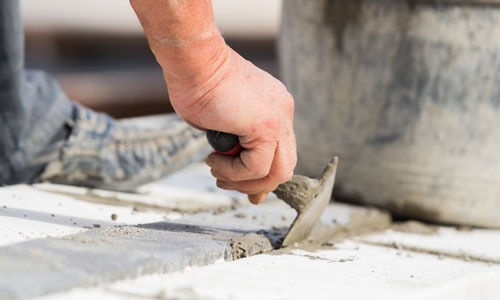
Tips for DIY Residential Concrete Leveling
Leveling uneven concrete surfaces in and around your home can be a challenging but rewarding DIY project. With the right tools, techniques, and safety precautions, you can achieve a smooth and even surface that enhances the appearance and functionality of your property.
a. Follow instructions carefully
Read and follow the manufacturer’s instructions on the leveling compound, patching compound, and any other materials used in the project. Failure to do so can result in subpar results or even damage to the surface.
b. Take safety precautions
Wear rubber gloves, safety glasses, and a dust mask to protect yourself from potential harm during the project.
c. Work in manageable sections
It’s best to work on small sections to ensure even application of the leveling compound and patching compound. It lets you focus on one area and catch mistakes before moving on.
d. Take your time with the process.
Give yourself plenty of time to complete the project. Rushing can lead to mistakes, uneven application, and poor results.
e. Test the surface for levelness.
Employ a spirit level to ensure the surface is level before and after the project. It will help identify any areas that need additional work.
f. Allow sufficient curing time.
Follow the manufacturer’s instructions for curing time to ensure the surface sets appropriately before use.
g. Protect the surface from moisture.
Cover the surface with plastic sheeting or a tarp to protect it from rain or excess moisture during curing.
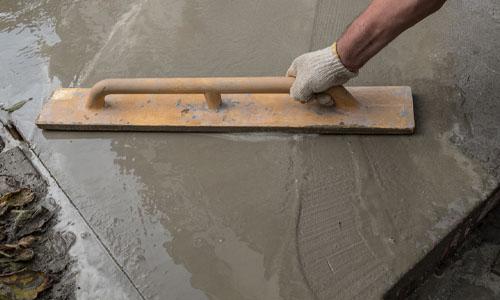
Common Mistakes to Avoid in DIY Residential Concrete Leveling
While DIY concrete leveling can save you time and money compared to hiring a professional, it’s essential to avoid common mistakes that can compromise the quality and safety of your project.
a. Using the wrong type of concrete leveling compound
Different leveling compounds are available, so use the right one for your specific needs. For example, manufacturers design some combinations for indoor use only while they design others for outdoor use.
b. Applying too much or too little leveling compound
Following the manufacturer’s instructions for the correct amount of leveling compound to apply is essential. Too much can cause cracking, while too little may not provide enough leveling.
c. Not correctly preparing the surface
The surface must be clean, dry, and debris-free before applying any leveling or patching compound. Failure to do so can cause uneven application and poor results.
d. Not mixing the compounds properly.
Follow the manufacturer’s instructions for mixing the compounds. Failure to do so can result in poor application and subpar results.
e. Not allowing enough curing time.
Rushing the curing process can cause cracking and other damage to the surface.
f. Not checking for levelness.
Checking the surface for level before and after the project is essential to achieve the desired results.
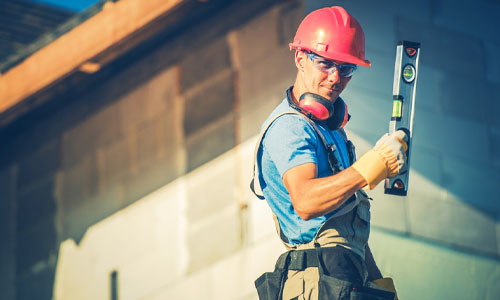
When to Hire a Professional for Residential Concrete Leveling
While DIY concrete leveling can be a cost-effective and satisfying solution for specific projects, there are times when it’s best to leave the job to experienced professionals. Factors such as the project’s size and complexity, the concrete’s condition, and the need for specialized equipment and techniques can make DIY concrete leveling impractical or risky.
a. Extensive damage to the concrete surface
Hiring a professional to handle the repairs may be best if the damage is too severe.
b. Uneven settling of the foundation
If the cause of the uneven surface is the foundation, addressing the underlying issue may require the assistance of a professional.
c. Large areas of concrete that need leveling
A professional may have the necessary tools and equipment to handle the job efficiently if the project involves a large surface area.
d. Lack of experience or confidence in DIY projects
Leave it to a professional if you need clarification on your ability to complete the project.
e. Lack of time or resources to complete the project on your own
Hiring a professional may be more efficient if you need more time, tools, and equipment.
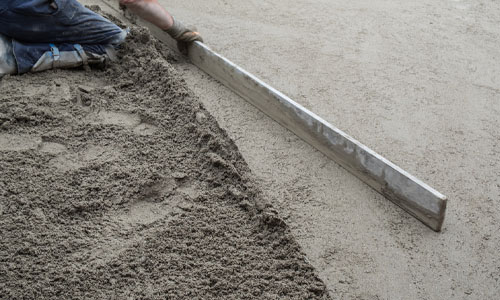
Is DIY Concrete Leveling Right for You?
In conclusion, DIY residential concrete leveling can solve minor leveling problems cost-effectively. However, it is essential to carefully consider the project’s scope, gather the necessary tools and materials, and follow instructions and safety precautions. Common mistakes should be avoided, such as using the wrong type of leveling compound, not properly preparing the surface, or not checking for levelness. When significant damage or the foundation has settled unevenly, it may be required in some circumstances to engage a professional. With proper planning and execution, it can be a successful project.
